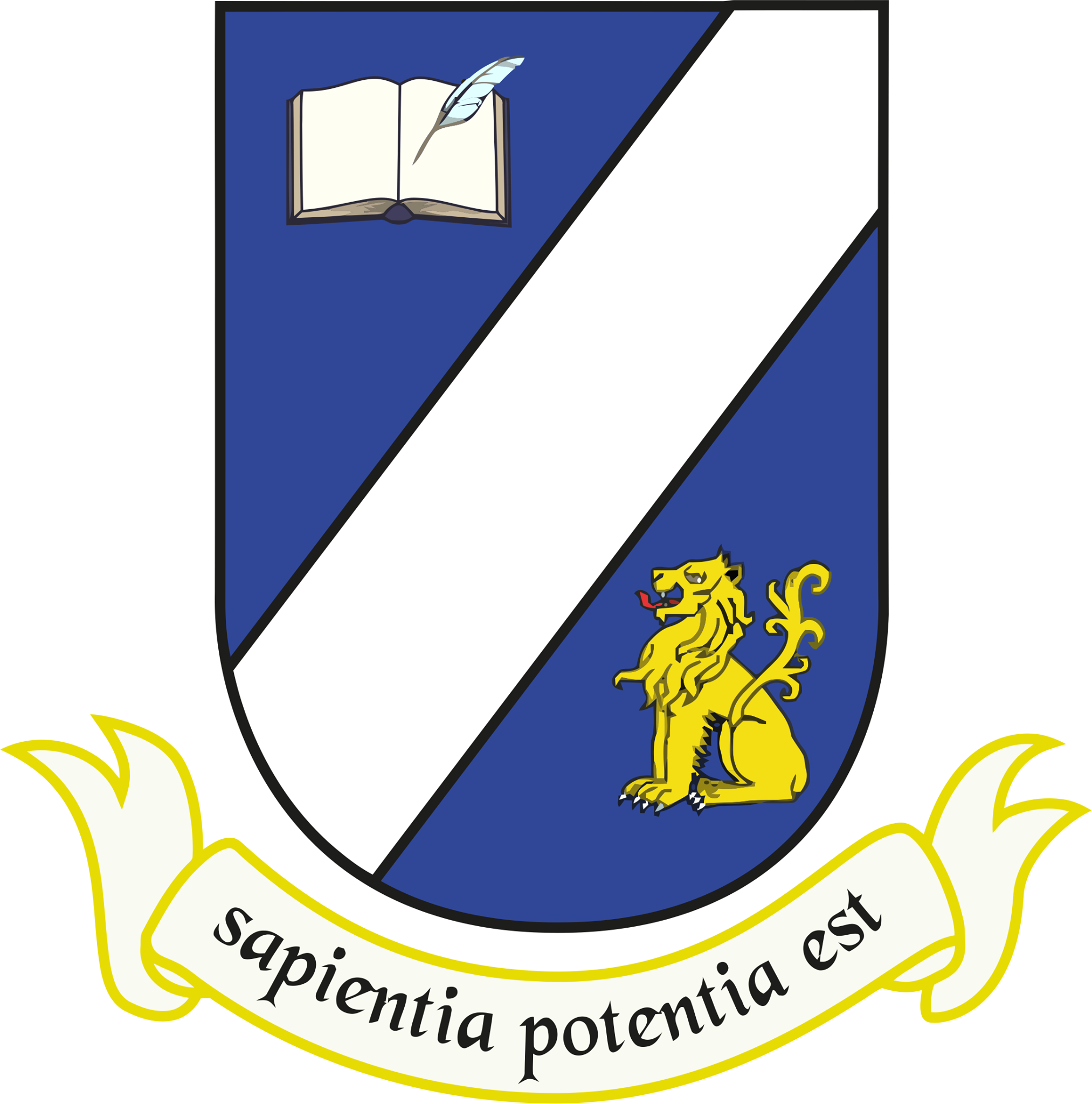Regime Militar de 1964: Ideologia a Comunidade de Informações
Resumo
Orientados pela Doutrina de Segurança Nacional elaborada pela Escola Superior de Guerra, os dirigentes militares organizaram uma rede de serviços secretos que eram conectados aos três ramos das Forças Armadas e atuavam simultaneamente no campo das informações e da segurança. O trabalho com as informações e as operações de segurança representavam os dois tipos de atividades repressivas que não podem ser dissociadas e tinham funções político-ideológicas. Sob hegemonia dos militares do Exército, os dois pilares desse complexo organizatório eram o SISNI, cujo órgão principal era o SNI e o SISSEGIN representado pelos DOI-CODIs. As ações integradas marcaram a trajetória desses órgãos do aparelho repressivo, que visavam eliminar as ameaças internas e garantir o regime militar no poder, de acordo com a agenda formulada para a segurança nacional.
Palavras-chave: Regime militar, ideologia, órgãos de informações.
Abstract: Guided by the National Security Doctrine drawn up by the War College, military leaders organized a network of secret services that were connected to the three branches of the Armed Forces and operated simultaneously in the field of information and security. The work with information and security operations represented the two types of repressive activities that can not be dissociated and had political-ideological functions. Commanded by the Army's military, the two pillars of this organizing complex were SISNI, whose main body was SNI and SISSEGIN represented by DOI-CODI. The integrated actions marked the trajectory of these organs of the repressive apparatus, aimed at eliminating internal threats and guaranteeing the military regime in power, according to the agenda formulated for national security.
Key-words: Military regime, ideology, information agencies.
Texto completo:
PDFApontamentos
- Não há apontamentos.







